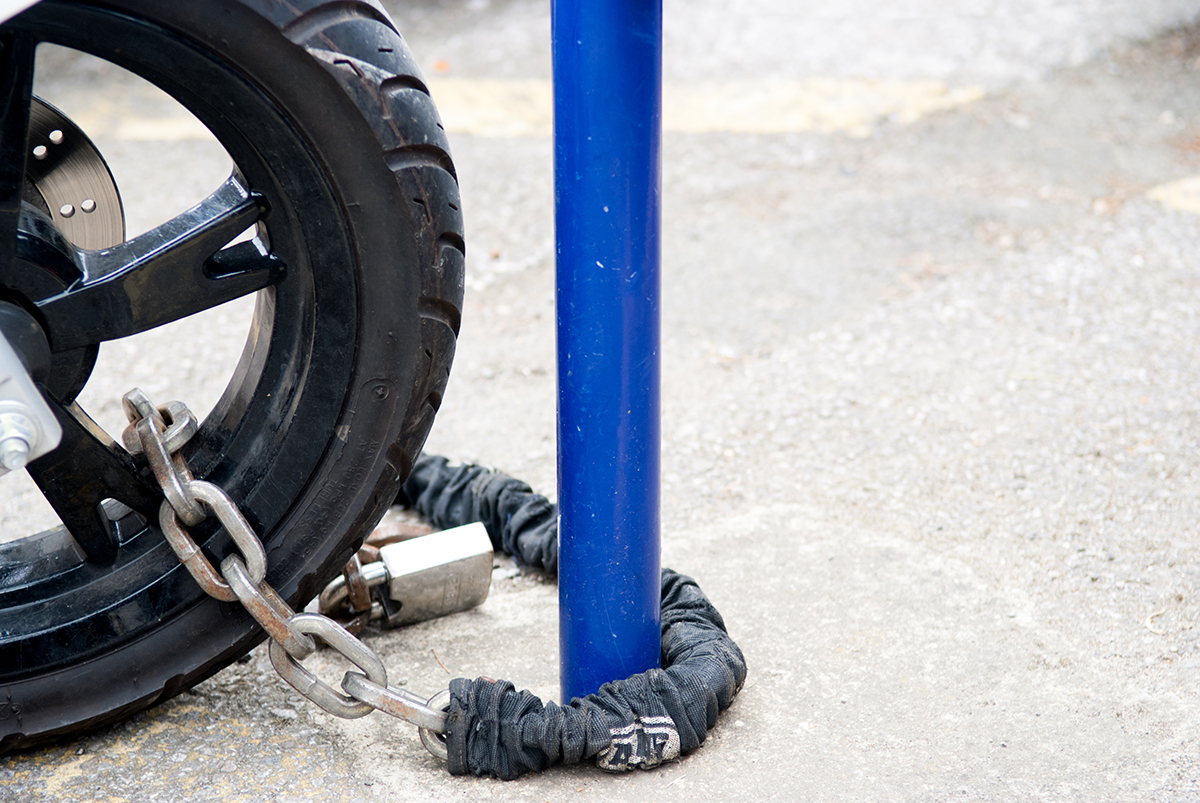When medical alert systems first appeared on the market, the premise was simple: get the right type of help, get it quickly, and get it without hassle. However, the logistics involved in “prompt help” are not always straightforward. From panic buttons to automated alarms and voice verification, medical alert system platforms can offer vastly different experiences to their users.
What are Medical Alert Systems?
In the U.S., we learn from an early age that the correct course of action during an emergency is to contact 911. Their dispatchers will assess the situation and help you in the best and quickest way possible. However, as basic life functions become more difficult for a growing population of baby boomers, many can’t always rely on a phone call to save the day. House fires, low blood sugar, rapid blood loss, or simple panic make calling 911 difficult during your time-sensitive situation.
The first medical alert systems were created to meet this need and started out as wearable devices with a “panic button” that could send a signal to a preset care provider or ambulance service. These services revolutionized safety standards for many chronic patients, especially those who knew what type of risk they could suffer beforehand.
Fortunately, technology is moving ever-onward and has created more sophisticated options that cater to a variety of needs. A smartphone-based mobile 911 alert app such as Rescu, for example, allows you to choose between different emergency scenarios and simultaneously contact all necessary parties, all without uttering a single word.
What Types of Medical Alert Systems are Out There?
From the specialized distress signs to fully comprehensive surveillance systems, the market has expanded considerably. Some of the most common types of services available include:
Monitored Systems
Monitored systems usually come in the form of a wearable (pendant or wristband) that allow the customer to alert a trained team of professionals in the event of an emergency. These professionals are usually available 24 hours a day, 365 days a year to handle all incoming aid requests and alerts. The agent on staff will then assess the situation to determine the kind of help to send (such as a relative, ambulance or the police).
Pros:
- Having their own dispatch centers means shorter waiting times.
- Often, their employees have additional training or medical experts on call who can provide further screening.
Cons:
- They tend to have higher costs and therefore pricier monthly subscriptions.
- Contacting their dispatch centers means there may be added steps towards receiving emergency help, which could cause delays.
Non-Monitored Medical Alert Systems
Non-monitored services don’t have their own team of trained medical professionals and usually just send an automated alert to a trusted relative or caretaker. Depending on the type of service, they may interface a 9-1-1 call on your behalf.
Pros:
- They’re less expensive; many non-monitored services only charge for the initial installation or keep monthly fees minimal.
- Immediate SMS contact with your Emergency Contacts.
Cons:
- Because they don’t add an extra layer of screening, they have a high incidence of false alerts or “false alarms”.
- Alerts sent to Family or Friends may result in “No Action” being taken. Alerts sent to non-professionals can be ignored if the alerted party is not available.
- Long process from time of emergency to First Responders arriving at your location
Home-Based Services
These services are usually connected to a home’s landline and are accompanied by an extra wearable device (a stylish medical alert bracelet or a medical alert necklace) that places an automated call when it detects distress. These devices are usually connected to the home’s “main base” via Wi-Fi and therefore have limited range.
Pros:
- The wearable devices can use step counters and motion sensors to activate themselves automatically. This allows for fall protection, which is great for seniors who may be living alone and may not have access to immediate help.
- The dispatchers will know right away which home and user is sending the alert. This provides faster response times.
Cons:
- The device’s range is similar to that of your home’s Wi-Fi range making it inadequate for clients that frequently leave their homes.
- Wearable devices are battery-powered which leaves room for user error such as failure to recharge the device.
Cellular-Based Services
These services rely on similar wearables as home-based devices. However, rather than linking to the home’s landline, they use cellular networks and a GPS tracker to alert friends or emergency services. This function allows for fewer restrictions on proximity to Wi-Fi which makes it more accessible for active users who frequently leave their homes.
Pros:
- They allow active and mobile people to carry their safety everywhere.
- GPS functions can enable location based actions.
Cons:
- Just like home-based models, cellular-based wearables will shut off if not recharged.
- Battery life is further reduced because the GPS function has a high energy output.
- Many users find that carrying a GPS tracker poses privacy and security concerns.
Timed Check-Ins
These services require the user to periodically press a button or perform some other manual tasks as a way to “verify” that they are alive and well. If this task is not performed, a dispatcher is sent to the user’s home to check on them.
Pros:
- These are useful for people who live alone, in remote areas, or who value their privacy.
Cons:
- Require the end-users to maintain a disciplined routine to work properly.
- They have a large incidence of false alerts at first, as many users forget to check in.
- They don’t offer time-sensitive aid.
Smartphone or App-Based Services
These services use dedicated apps to contact specific people or emergency lines. They range from the very basic, such as Apple SOS, which contacts 911 on your behalf, to much more sophisticated apps that use a smartphone’s active sensors to detect, locate, and transmit alerts.
Pros:
- For the large majority of people, carrying a fully charged smartphone around is already a part of their routine, so no extra lifestyle adjustments are required.
- SMS messages or tap-based alerts work great with people who have speech impediments or are hearing impaired.
- Depending on the customization options, a specific type of aid can be contacted each time.
- Extra functions, such as fall detection or location, can be easily turned off or on depending on the client’s preference.
- It is generally simple and not time-consuming to confirm alerts which can lower the chance of false alerts.
Cons:
- Most of the downsides related to app-based services are due to user error. As most serial pocket-dialers know, users may confirm or reject an alert by mistake.
Smart911 is a publicly funded, app-based service linked to emergency dispatchers and can call 9-1-1 for you. It allows users to share medical info, address, location, and general household info with the emergency operators. The service is free to use and can be accessed by anybody with a smartphone.
Another leading app-based service is Rescu which covers all your medical alert bases. You can simultaneously alert several friends or family at once and the emergency provider best suited to handle your emergency (police, fire department, or medical assistance) without waiting for an operator or struggling to confirm the service. Rescu empowers people to receive help when you need it most, no talking required. You are connected directly to the emergency providers you need! Saving you the wasted time, and possibly, your life. The app itself is intuitive enough that the initial setup only takes a few minutes and can be adjusted to your preferences without needing to call a helpdesk.
What Else are You Paying for with Rescu?
Rescu utilizes a free-to-download app (with a minimal subscription fee) that grants access to the following services:
1. Skip the line and waiting times involved in calling 911
Emergency dispatch is a high-stress profession that relies on incredibly caring and empathetic individuals, as well as quite sophisticated technology to locate the origin of a call. Unfortunately, low funding and fake or prank calls have created extra waiting times for people who may be in critical distress.
When someone calls 911, they may have to wait for the next available dispatcher to take the call. This person will then ask a series of screening questions before delivering the request to the appropriate channel: police, ambulance, etc. They also have to manually take the address or hold the call until their system can trace it.
Instead, Rescu captures your address and contact information before an emergency occurs and is able to send it directly to your local fire department, police, or ambulance on your behalf, without speaking a word.
2. Utilize remote aid capabilities
By working with a predetermined set of addresses, Rescu can be used to protect your home and loved ones remotely. If you have a smartphone-based home monitoring system or a nanny-cam feed already in place, you can use the Rescu app to send the police to your home even when you are out of town.
3. Trust in high-quality certifications and standards
Rescu is certified by Underwriter’s Laboratories (U.L.) and a TMA Five Diamond Monitoring Center. They own and operate a private Monitoring Center. This means you will be experiencing the highest level of protection and service. You can trust that many reputed third-party compliance organizations will always be checking that you get what you were promised, security and peace of mind.
Other services with an equivalent certification, such as Life Alert, can cost as much as $50/month! Rescu offers its alert service for as little as $4.99/month. Thanks to Rescu’s U.L. certification, you can also receive up to a 20% discount on your homeowners insurance policy. It even pays for itself.
Are you ready to protect yourself, your home, and your closest family members? Find out how Rescu can get you help faster and more effectively.



